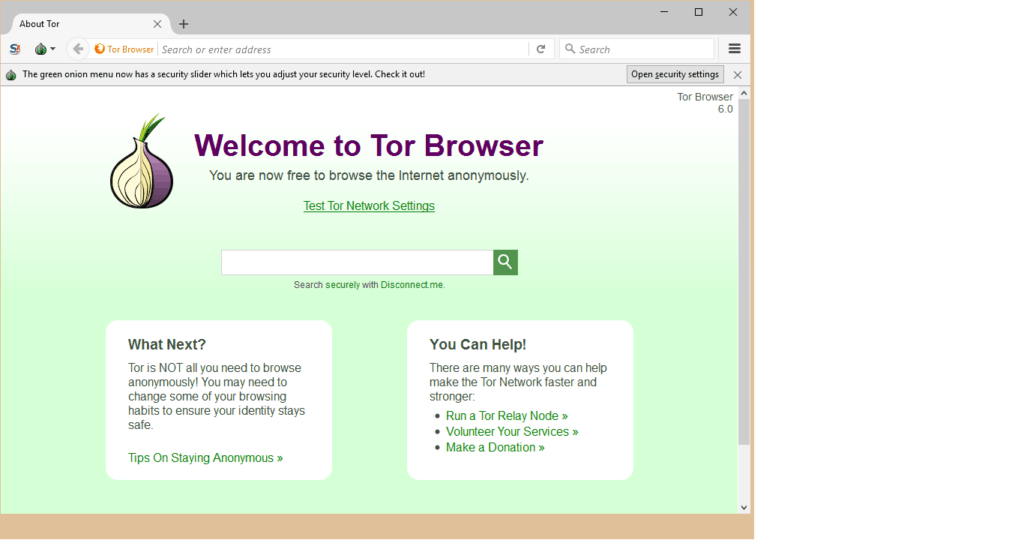

This is between the Middle Relay and an Exit Relay. For this connection, it creates another set of keys that are used by the Guard Relay and Middle Relay.įinally, your browser negotiates a third connection. Your browser then negotiates another connection, this one from the Guard Relay to another computer in the Tor network called a Middle Relay. Data sent along this connection is encrypted using these keys so only your browser and the Guard Relay can decrypt them. The browser negotiates an encrypted connection with the Guard Relay. When you connect to the Internet using the Tor Browser, the browser connects to a random entry point (Guard Relay) on the Tor network. Tor Browser Protecting Your Personal Information – Source:

The figure above shows just some of the data my computer gave up when I connected it to ‘ What every Browser knows about you,’ a site designed to show you what your computer is telling the world without your knowledge. This includes things like who your Internet Service Provider is, what Operating System your computer uses, your video display mode, even the power level of your laptop battery.

Software and Hardware information that a Browser might be able to seeīeyond that, a web browser will automatically share all sorts of information with any website it connects to. At a minimum, a website (or anyone spying on your connection with the website) can use the IP address to figure out approximately where you are located. Data packets pass back and forth between the two, enabling you to view and interact with the website.Įach data packet consists of the data itself (the payload) and a header with additional information, including data about your web browser, and the IP address of the source and the destination. When you visit a website without using Tor, your computer establishes a direct connection with the computer hosting the website. Meanwhile, the only thing the website can see is that it is connected to the final Tor computer in the path.Īs a result, there is no way to identify you based on the connection between your computer and the website. No computer in the network knows the entire path. Each of those computers only knows which computer gave it data and which it gives data to. The connection between your computer and the website passes through three random computers in the Tor network. When you use Tor to visit a website, things get more complicated. Information Shared with Websites – Source: That information can be used for tracking what you do online and possibly identifying you. It can see your computer’s IP address, the operating system you are using, the web browser you are using, and more. The problem with this is that when you do it this way, the website can see all sorts of information about you.
When you visit a website normally (without using Tor), your computer makes a direct connection to the computer where the website is located.


 0 kommentar(er)
0 kommentar(er)
